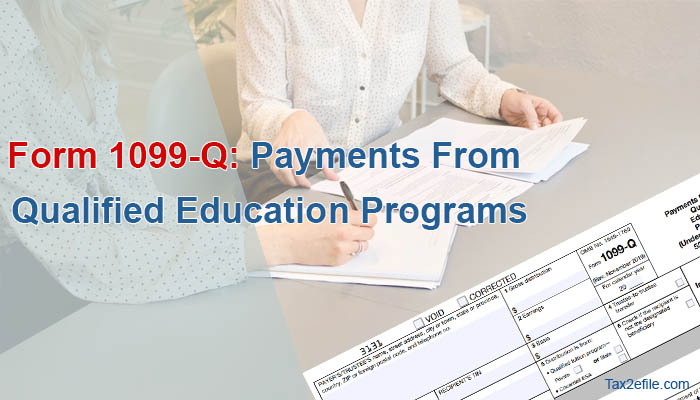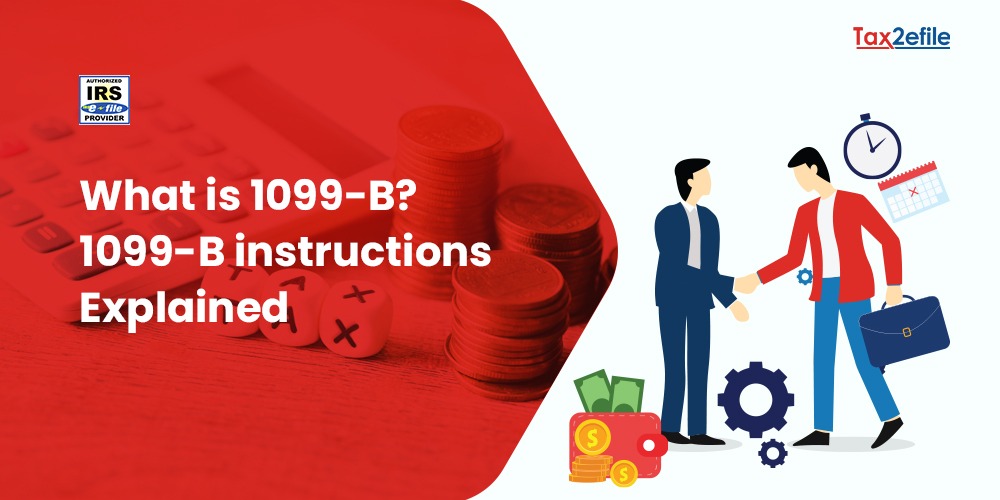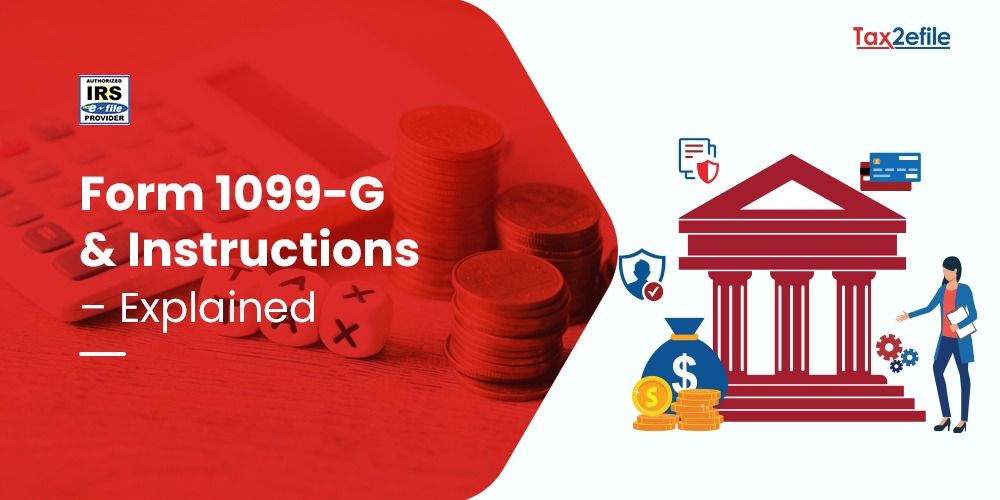- February 21, 2023

The IRS 1099-Q Form reports payments from qualified education programs. This IRS tax form is sent to individuals who receive distributions from ESA (Coverdell Education savings account) or 529 plan. These distributions are taxable; thus, the taxpayer should determine their tax liability using the information reported in the 1099-Q. Taxpayers can also use this tax Form to fill out state and federal tax returns if the distributions received are subject to tax.
Table of Contents
What is a Form 1099-Q?
Individuals who receive distributions from a Coverdell Education Savings Account will receive IRS Form 1099-Q. This Form will identify the number of gross distributions paid over the year.
This IRS Tax Form should also be filed and sent to the taxpayers by the employees or officers who have control over the program established by a state or a qualified educational institution or anyone who has made a distribution from a 529 plan. Individuals who receive only 1099-Q are required to include this form’s information in their tax returns only if the distributions are taxable.
Who Requires to File 1099-Q?
The IRS 1099-Q Form should be filed by officers and employees who have control over the educational program established by the state or a qualified educational institution. Anyone who has contributed to a qualified tuition program can also file this form.
IRS Form 1099-Q will identify the amount made from the account in gross distributions over the year being reported. These gross distributions will then be compared with the annual educational expenses incurred.
If these gross distributions exceed the qualified expenses, then this excess would be taxable and should be reported in the taxpayer’s tax return. If the expenses are greater than the distributions, the individual might use the excess taxes toward their education tax credit.
The 1099-Q Form would be given to the beneficiary student if the educational distribution was paid to the school, the beneficiary, or the student loan provider. All taxable amounts of this distribution would be reported in the IT return of the beneficiary.
Distributions used to pay for non-qualified educational expenses will be subject to Income Tax and incur a 10% penalty on the earning portion of the withdrawal. The student beneficiary or the account owner would use 1099-Q Tax Form. Generally, the person who receives the funds and whose number is on the 1099-Q Form would use it to file their tax returns.
Taxpayers would receive the 1099-Q Form by 31st January. In case, the 1099-Q is not received by 31st January, then the taxpayers can contact the administrator of the 529 plan or the trustee of the Coverdell ESA to know the status.
According to the Internal Revenue Service, taxpayers use this tax form to document payments from qualified tuition programs. Taxpayers should compare the amount reported on it with their records and communicate any discrepancy to the qualified education program that filed Form 1099-Q.
As this is a hectic task, expert tax filing professionals such as Tax2efile can help file tax returns within the stipulated time to avoid penalties.


